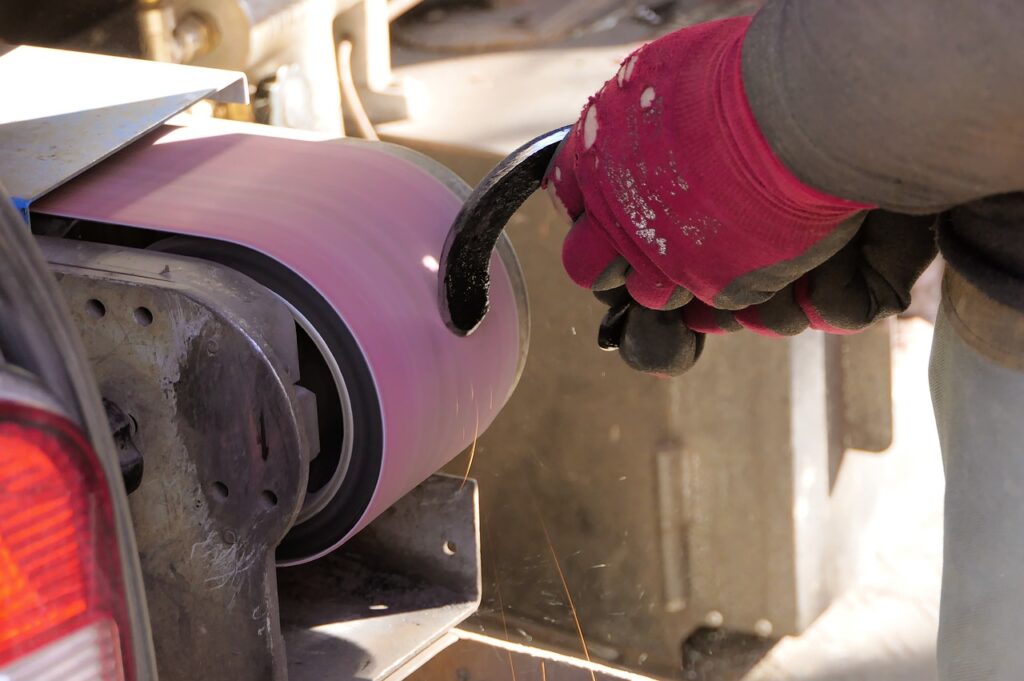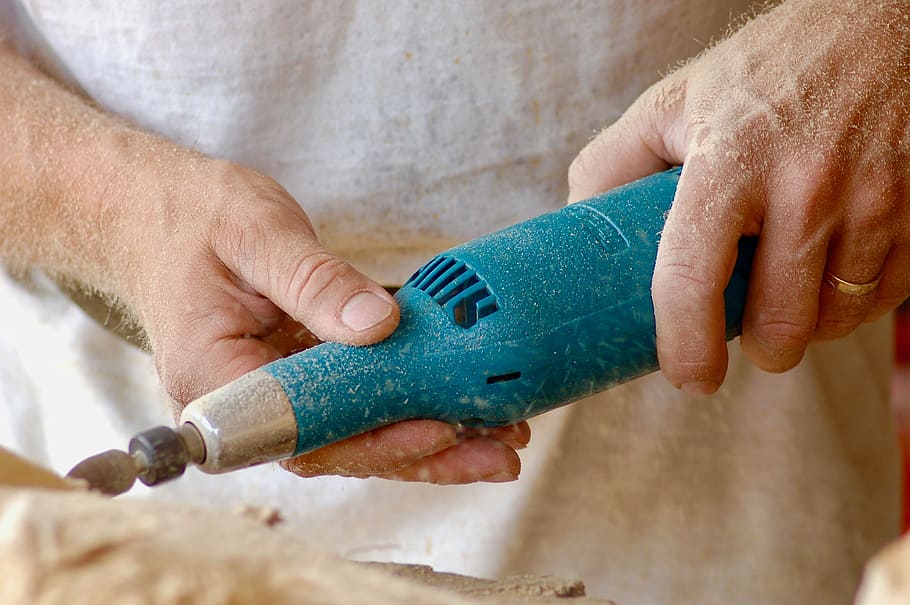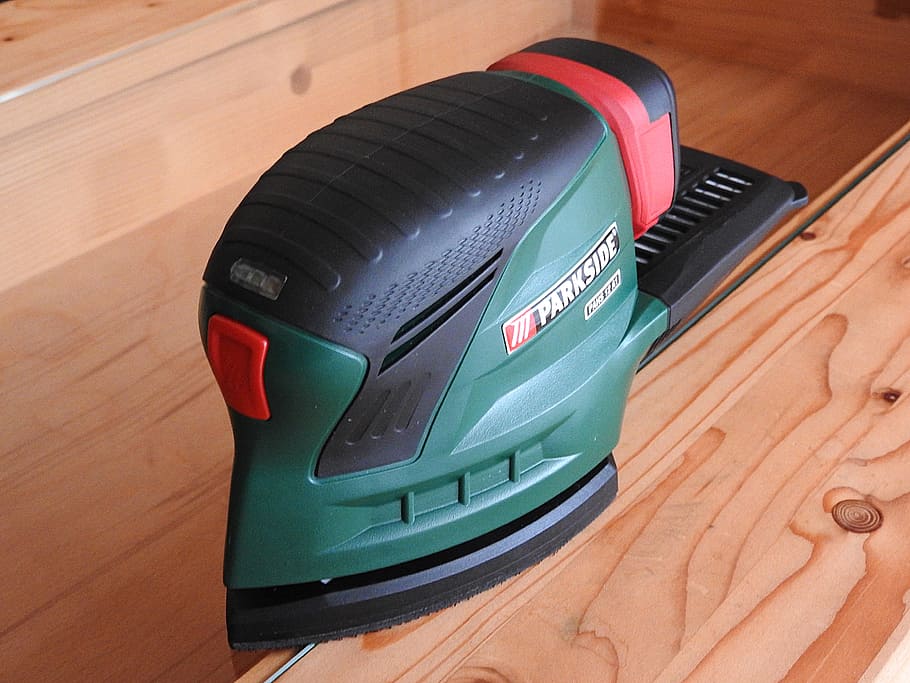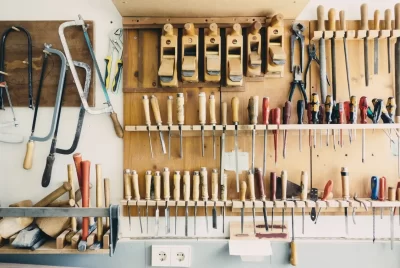Top 5 Most Useful Sanding Tools
Introduction
As an enthusiast and advisor, I understand the importance of having the right tools for your woodworking projects. In this article, I will share my suggestions and reasons for choosing these sanding tools for general use at home.
Importance of Sanding Tools in a Home Garage
Sanding tools play a crucial role in woodworking projects, offering numerous benefits that enhance the overall quality of your work. Let’s explore some of the key reasons why these tools are indispensable in a home garage.
Enhancing the Quality of Woodworking Projects
Sanding is an essential step in woodworking that helps achieve a smooth and professional finish. By using the right sanding tools, you can eliminate rough edges, uneven surfaces, and imperfections in your woodwork, ensuring a polished and refined final product.
Smoothing Surfaces and Removing Imperfections
Wood surfaces often contain imperfections such as scratches, dents, or rough patches. Sanding tools allow you to level out these imperfections, creating a uniform surface that is pleasing to the eye and touch. Smooth surfaces not only improve aesthetics but also make the wood more enjoyable to work with.
Preparing Surfaces for Painting or Staining
Before applying paint or stain, it is crucial to prepare the surface properly. Sanding tools make this process easier by creating a smooth and clean surface that allows the paint or stain to adhere effectively. Proper preparation ensures a long-lasting finish and enhances the overall appearance of your woodworking projects.
Criteria for Selecting Sanding Tools
When choosing sanding tools for your home garage, there are several important criteria to consider. These factors will help you make an informed decision and select the tools that best suit your needs.
Versatility
Look for sanding tools that offer versatility and can handle various tasks. A versatile tool allows you to tackle different woodworking projects without the need for multiple specialized tools. This saves both space and money while providing convenience and efficiency.
Power and Performance
Consider the power and performance of the sanding tools. Opt for tools that offer sufficient power to handle your woodworking projects effectively. Higher power usually means faster and more efficient sanding, reducing your overall working time.
Ergonomics and Comfort
Since sanding can be a time-consuming task, it is essential to choose tools that prioritize ergonomics and comfort. Look for features such as ergonomic grips, adjustable handles, and vibration reduction systems. These aspects ensure a comfortable sanding experience, minimizing strain and fatigue on your hands and arms.
Durability and Quality
Invest in sanding tools that are built to last. Quality construction materials and solid craftsmanship ensure the longevity of the tools, allowing you to use them for years to come. Durable tools not only save you money in the long run but also provide consistent performance throughout their lifespan.
Top 5 Most Useful Sanding Tools for Home Garage
Now, let’s dive into the top 5 most useful sanding tools that I recommend for general use in a home garage. These tools have proven their effectiveness and versatility, making them ideal choices for various sanding applications.
Random Orbital Sander

The random orbital sander is a versatile tool that combines both rotating and oscillating movements, resulting in a swirl-free sanding experience. It is perfect for removing stock quickly, smoothing surfaces, and preparing them for finishing. The random orbital sander’s ability to tackle different materials and work on both flat and curved surfaces makes it a must-have tool in any home garage.
Belt Sander

If you need to remove large amounts of material quickly, the belt sander is the tool for the job. Its powerful motor and continuous abrasive belt provide aggressive sanding action, ideal for leveling uneven surfaces and removing paint or varnish. While it may not be suitable for delicate or intricate work, the belt sander excels at heavy-duty sanding tasks.
Detail Sander

When working on small, intricate areas or hard-to-reach corners, the detail sander is your go-to tool. Its compact size and triangular sanding pad allow for precise sanding and maneuverability in tight spaces. Detail sanders are perfect for fine finishing, smoothing edges, and removing paint or varnish in hard-to-reach areas.
Palm Sander

The palm sander, also known as a finish sander, is designed for fine sanding and finishing touches. Its small size and orbital motion make it suitable for final surface preparation before painting or staining. Palm sanders are lightweight, easy to control, and offer excellent results on flat surfaces.
Sanding Block/ Sand Paper

For manual sanding, a sanding block is an essential tool. It provides stability and control, allowing you to apply even pressure while sanding. Sanding blocks are versatile and can be used with various grits of sandpaper to achieve the desired finish. They are especially useful for delicate or irregularly shaped surfaces that require careful sanding.
Comparison of Sanding Tools
To help you further understand the differences between these sanding tools, let’s compare them in specific scenarios.
Random Orbital Sander vs. Belt Sander
The random orbital sander is more versatile and suitable for general sanding tasks on both flat and curved surfaces. On the other hand, the belt sander is ideal for heavy material removal and leveling uneven surfaces. Consider the nature of your projects to determine which tool will best meet your needs.
Detail Sander vs. Palm Sander
The detail sander is specifically designed for intricate areas and hard-to-reach corners. It excels in providing precise sanding, making it perfect for fine finishing work. The palm sander, on the other hand, is more versatile and better suited for larger flat surfaces. Choose based on the size and complexity of your woodworking projects.
Palm Sander vs. Sanding Block/ Sand Paper
The palm sander is an electric-powered tool that offers faster sanding compared to a sanding block. It is ideal for larger projects and ensures consistent results. However, a sanding block provides manual control and is better suited for delicate or irregular surfaces. Consider the nature of your project and personal preference when selecting between the two.
Conclusion
Having the right sanding tools is essential for achieving professional results in your woodworking projects. The top 5 sanding tools mentioned in this article—the random orbital sander, belt sander, detail sander, palm sander, and sanding block—are versatile and offer excellent performance for general use in a home garage. Consider your specific needs and project requirements when selecting the appropriate tool for your woodworking endeavors.
Frequently Asked Quesions
Q1. Which sanding tool is best for removing old paint or varnish?
The belt sander is the most suitable tool for removing old paint or varnish due to its aggressive sanding action and high material removal rate.
Q2. Are detail sanders effective for sanding small and intricate areas?
Yes, detail sanders are specifically designed for sanding small and intricate areas. Their triangular sanding pad and compact size allow for precise and efficient sanding in tight spaces.
Q3. What are the advantages of using a palm sander?
Palm sanders are lightweight, easy to control, and offer excellent results on flat surfaces. They are ideal for final surface preparation before painting or staining.
Q4. Can a sanding block be used with different grits of sandpaper?
Yes, a sanding block can be used with different grits of sandpaper. This allows you to achieve different levels of smoothness and refine surfaces to the desired finish.
Q5. What is the difference between a random orbital sander and a normal orbital sander?
The main difference between a random orbital sander and a normal orbital sander lies in their sanding patterns. While a normal orbital sander moves in a fixed circular motion, a random orbital sander moves in a random pattern, combining both circular and elliptical motions. This random movement reduces the risk of leaving swirl marks on the work surface, resulting in a smoother finish. Additionally, random orbital sanders often have variable speed control and effective dust collection systems, making them more versatile and efficient for various sanding tasks compared to normal orbital sanders.
Summary
In this article, I provide a comprehensive guide to the top 5 most useful sanding tools for a home garage. As an enthusiast and advisor, I understand the importance of having the right tools for woodworking projects.
Sanding tools play a crucial role in enhancing the quality of woodworking projects by smoothing surfaces and removing imperfections. They are also essential for preparing surfaces before painting or staining. When selecting sanding tools, it’s important to consider criteria such as versatility, power and performance, ergonomics and comfort, and durability and quality.
The top 5 sanding tools recommended for general use at home are the random orbital sander, belt sander, detail sander, palm sander, and sanding block. Each tool has its own unique features and advantages. The random orbital sander is versatile and suitable for various tasks, while the belt sander excels at heavy material removal. The detail sander is perfect for intricate areas, the palm sander is ideal for finishing touches, and the sanding block is great for manual sanding.
To help readers make informed decisions, I provide a comparison between the sanding tools in specific scenarios. I conclude by emphasizing the importance of choosing the right sanding tools for achieving professional results in woodworking projects. Happy sanding!





Comments are closed.